Understanding Barriers and Exploring Solutions
Accessing mental health services remains a significant challenge for many, especially those in low-income, rural, and underserved communities. Despite the high prevalence of mental health disorders across the U.S., systemic, financial, and societal barriers continue to hinder equitable access to affordable care. This article explores the available resources, effective strategies, and systemic reforms aimed at reducing barriers and expanding support through affordable and accessible mental health services.
Available Affordable Mental Health Care Options and Resources
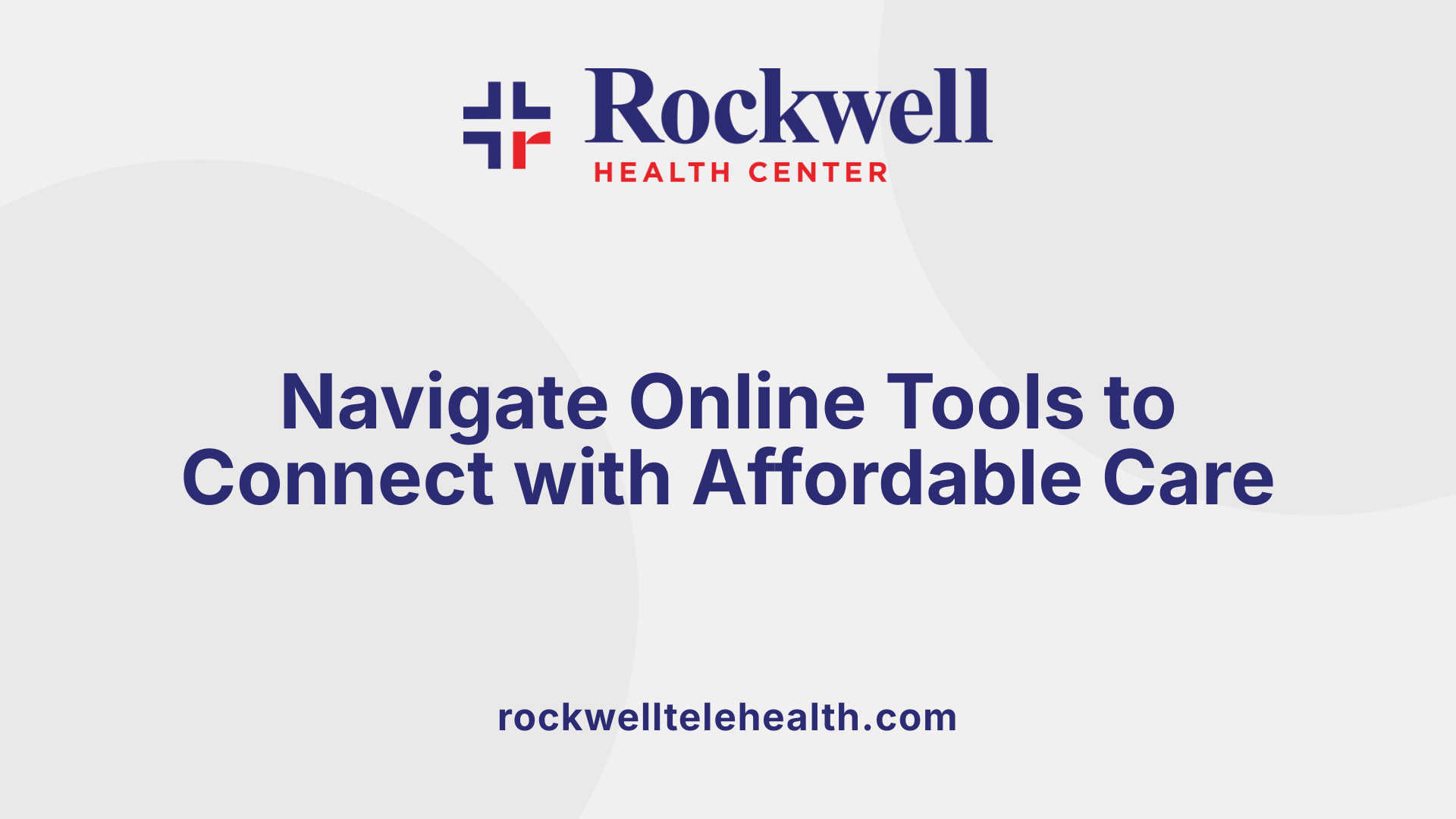
What are some affordable mental health care options and resources available to individuals seeking support?
Accessing mental health support can be challenging due to financial barriers, but many affordable options are available. Community mental health clinics and Federally qualified health centers (FQHCs) are some of the most accessible services, offering low-cost or sliding scale fees based on income. These centers aim to serve underserved populations and operate with federal funding to provide affordable care.
School-based mental health services are another crucial resource, especially for children and adolescents. Schools often have counselors and social workers who provide counseling at little to no cost, integrating support directly within the educational environment.
Online therapy platforms such as the Open Path Collective stand out for their deeply discounted therapy sessions, often designed to serve low-income individuals. These platforms vet licensed therapists who agree to reduced fees, making mental health care more affordable.
Organizations like the JED Foundation and mental health directories such as NAMI or MentalHealth.gov help individuals locate nearby free or low-cost support services. Crisis hotlines—including the 988 Suicide & Crisis Lifeline—offer immediate support from trained counselors without charge, providing vital resources during urgent moments.
Support groups, both in-person and virtual, serve as peer support systems that are generally free or low-cost. Many community and online groups offer a safe space to share experiences and gain emotional support.
Insurance options like Medicaid and other health plans significantly reduce the cost barrier for many. Additionally, community support through religious organizations and local groups can connect individuals with free or low-cost counseling.
Many providers and organizations also offer financial assistance mechanisms. Grants, scholarships, payment plans, and charity care programs can further decrease the financial burden of mental health treatment, ensuring more individuals can access needed care.
What resources and online tools are available to help people find affordable mental health support?
Navigating mental health resources is streamlined through various online tools and directories. The Substance Abuse and Mental Health Services Administration (SAMHSA) offers FindTreatment.gov, a comprehensive national directory of treatment facilities, including free and sliding scale clinics.
Crisis hotlines such as the 988 Suicide & Crisis Lifeline and the National Helpline are essential for immediate support, providing free access to trained crisis counselors. These resources are often available 24/7 and serve as vital entry points for those in distress.
Nonprofit organizations like the Open Path Collective provide accessible in-person and online therapy. Their membership model offers significantly reduced rates to qualified individuals, making consistent mental health treatment feasible for many low-income users.
Telehealth services such as Talkspace and provider-sponsored platforms like UnitedHealthcare increasingly facilitate affordable online therapy. The rise of telehealth during the COVID-19 pandemic has expanded access, especially in rural or underserved areas.
Community-based programs, including school health services and free support platforms like the Trevor Project for LGBTQ youth or NAMI helplines, offer additional support options. Text-based crisis lines, like Crisis Text Line, provide immediate support at no cost and are accessible via mobile devices.
These online and community tools collectively aim to reduce barriers and connect individuals with affordable, accessible mental health care tailored to their needs.
Strategies and Models Reducing Barriers to Access
What strategies and models are effective in reducing barriers to mental health care access?
Reducing obstacles to mental health services requires a multifaceted approach. One effective strategy involves implementing integrated behavioral health care models that embed mental health services directly within primary care settings. These models facilitate early detection through routine screening and promote seamless coordination among healthcare providers, leading to timely and appropriate interventions.
Community outreach and education campaigns are also vital. They work to normalize mental health discussions, reduce stigma, and increase awareness of available resources. Programs like public seminars, school-based mental health education, and local awareness campaigns help dispel myths and foster acceptance.
Expanding access through telehealth services, online support groups, and flexible appointment scheduling addresses logistical issues such as transportation difficulties and time constraints. Telehealth, intensified during the COVID-19 pandemic, especially improves reach in rural and underserved areas.
Financial barriers can be mitigated by offering sliding scale fees, free or low-cost services at community clinics, and increasing insurance coverage. Programs such as Medicaid expansion and federally qualified health centers help make care more affordable.
Cultural competence among providers is crucial. Training health professionals to deliver respectful, sensitive treatment tailored to diverse populations reduces distrust, cultural barriers, and language difficulties. Building trust encourages more individuals to seek help.
Organizational initiatives, including provider training, promoting healthy workplaces, and direct stigma reduction activities, also encourage help-seeking. Campaigns that challenge negative stereotypes about mental illness and emphasize recovery stories can shift community perceptions.
Finally, addressing systemic issues such as healthcare system complexity and systemic racism through policy reforms enhances overall access. Enforcing mental health parity laws, improving insurance network adequacy, and increasing funding for mental health workforce development create a more equitable system.
How do integrated behavioral health models improve access and outcomes?
Integrated behavioral health models, often embedded within patient-centered medical homes, are particularly successful in improving access and health outcomes. These models routinely screen patients for mental health concerns during primary care visits, allowing for early detection and intervention.
By normalizing mental health treatment as part of overall health, these models help reduce stigma. Patients feel more comfortable seeking care when mental health is treated as a standard component of health visits.
Care coordination is another strength. Mental health professionals working alongside primary care providers ensure consistent follow-up, personalized treatment plans, and holistic care. This reduces fragmentation and prevents patients from falling through the cracks.
Outcomes are notably improved with timely interventions for conditions like depression, anxiety, and substance use disorders. Especially in underserved populations, integrated models increase provider availability, decrease travel and wait times, and address comorbid physical and mental health issues simultaneously.
For children and rural residents, these models are particularly promising. They expand service capacity, mitigate transportation barriers, and foster early, proactive management of mental health concerns, ultimately leading to healthier communities.
Financial Assistance Mechanisms Enhancing Access
How can financial assistance mechanisms, such as sliding fee scales, grants, payment plans, and insurance options, improve access to mental health services?
Financial help options like sliding fee scales, grants, and payment plans play a vital role in making mental health care more affordable and accessible. By offering services based on income, sliding fee scales ensure that cost isn't a barrier, especially for low-income individuals and families. Many community clinics, therapists in training, and non-profit organizations provide these scaled fees, often supervised by experienced professionals to maintain quality.
Grants and charity care programs are additional sources of support, covering part or all treatment costs. They are especially useful for individuals facing financial hardship or those without insurance. Programs like the Substance Abuse and Mental Health Services Administration (SAMHSA), Veteran Affairs Medical Centers, and other federally funded organizations provide free or reduced-cost services. These resources are critical for expanding access to those who might otherwise skip treatment.
Insurance initiatives, including Medicaid, the Affordable Care Act (ACA) Marketplace, and private insurance, offer coverage for mental health services. Medicaid expansion in many states has increased access for low-income populations, providing more comprehensive benefits with lower out-of-pocket costs. The ACA extended parity laws requiring insurance to cover mental health benefits comparably with physical health, further reducing affordability barriers.
Altogether, these mechanisms improve access by lowering the financial burden, ensuring coverage, and offering supportive programs that bridge treatment gaps. They help prevent untreated mental health issues, reduce disparities, and promote healthier communities.
What role do sliding scale fees and grants play in making treatment accessible?
Sliding scale fees and grants are essential tools in ensuring mental health treatment is within reach for those with limited financial resources.
Sliding fee scales are flexible, adjusting the cost of therapy or mental health services to fit the individual's income level. This means that families with lower incomes pay less, removing a major barrier that prevents many from seeking help. Many clinics and mental health professionals, including those in training at universities, offer sliding scale options carefully supervised to maintain quality.
Grants and scholarships act as supplementary financial aid, subsidizing treatment costs for individuals who might be unable to afford even scaled fees. These funds often come from government agencies, charitable foundations, or community organizations. They offer assistance for specific groups, such as survivors of trauma, students, or residents in underserved areas.
These mechanisms mitigate the impact of high out-of-pocket expenses, systemic underfunding, and insurance limitations that often restrict access. By reducing financial stress, sliding scale fees and grants facilitate early intervention, ongoing therapy, and holistic mental health care — ultimately fostering more equitable access.
Systemic Barriers to Access and Possible Solutions
What systemic barriers, such as cost, stigma, insurance limitations, and provider shortages, impact access to mental health care, and how can they be addressed?
Access to mental health services is often hindered by several systemic barriers. High costs and limited insurance coverage remain among the most significant obstacles, particularly for low-income populations and those living in rural areas. Many individuals face high out-of-pocket expenses, and insurance plans may restrict coverage through narrow networks, high copayments, or limited benefit provisions.
Provider shortages compound these issues, especially in underserved communities. There are not enough mental health professionals, and many refuse insurance or do not participate in networks, resulting in long wait times and limited options for care. This shortage disproportionately impacts racial and ethnic communities and rural residents.
Societal stigma and systemic racism further prevent many from seeking help. Cultural stereotypes, mistrust of healthcare systems, and historical discrimination contribute to a reluctance to engage with mental health services.
Addressing these barriers requires multi-faceted approaches. Policy reforms should focus on increasing funding for mental health services, improving reimbursement rates for providers, and enforcing parity laws to ensure behavioral health benefits are protected and comparable to medical/surgical benefits.
Efforts to boost workforce diversity and cultural competence training are vital for delivering respectful and effective care. Community engagement and public education campaigns can help reduce stigma and build trust. Additionally, expanding telehealth services can improve access in rural and marginalized communities, helping bridge geographic gaps.
How can policy reforms improve access for underserved populations?
Effective policy reforms are crucial for reducing disparities and expanding access to mental health care. These reforms include broadening Medicaid and Affordable Care Act (ACA) coverage, with mandates that require mental health benefits to be on par with medical benefits.
Increased federal and state investments in community-based, culturally competent services can make a substantial difference. Incentives, grants, and loan forgiveness programs for mental health providers practicing in rural and underserved areas help address provider shortages.
Reforming reimbursement policies to support telehealth expansion is also essential, particularly for populations that face transportation and mobility barriers. Addressing social determinants—such as housing, transportation, and social support networks—also plays a role in improving access.
Community outreach, public health education, and anti-stigma campaigns are necessary to foster trust and encourage help-seeking, especially among minority and marginalized groups. These efforts, combined with systemic policy actions, can create a more inclusive and effective mental health care system for all populations.
The Impact of the Affordable Care Act and Policy Changes
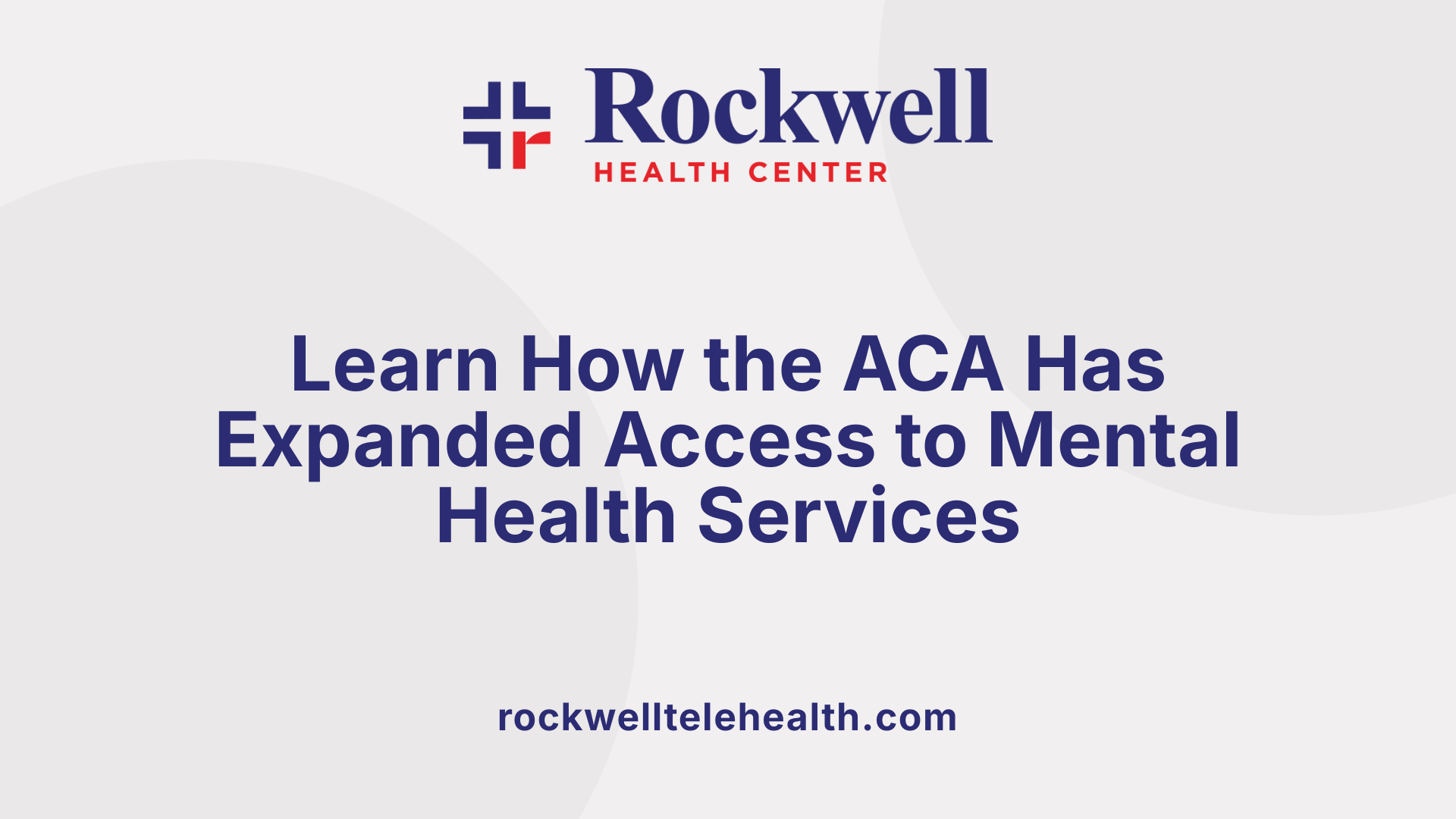
How has the ACA impacted access to mental health services for low-income populations?
The Affordable Care Act (ACA) has played a significant role in improving mental health care access among low-income groups. By requiring behavioral health services to be included as an essential health benefit, the ACA extended coverage protections to millions of Americans. This legislation also expanded Medicaid in states that chose to participate, resulting in a notable increase in Medicaid enrollment among low-income adults. For instance, Medicaid coverage for adults with psychological distress grew from 43.9% to 52.6%, and overall health insurance coverage increased from approximately 71% to over 81%.
The law also enforced mental health parity regulations, ensuring coverage for behavioral health is comparable to general medical and surgical benefits. These reforms reduced the prevalence of unmet mental health needs and decreased the proportions of adults delaying care due to cost or access issues. Despite these positive trends, challenges remain, such as provider shortages, especially in rural areas, and disparities in service utilization among different racial and ethnic groups.
Overall, the ACA's implementation contributed to lowering uninsured rates, making it easier for vulnerable populations to access mental health services. It also helped in decreasing the tendency to delay necessary care; however, it did not eliminate financial barriers altogether, as out-of-pocket costs and systemic issues persist.
What reforms are necessary to address remaining disparities and gaps?
While the ACA has improved mental health access, several gaps continue to hinder equitable care. Further reforms should prioritize expanding Medicaid in states that have not yet done so, as Medicaid expansion remains a critical factor in increasing coverage for low-income populations. Increasing funding and resources for mental health workforce development, particularly in underserved and rural areas, is essential to tackle provider shortages.
Improving reimbursement rates for mental health services, especially under Medicaid, can attract more providers to participate in insurance networks. Strengthening telehealth reimbursement policies, which have expanded during the COVID-19 pandemic, can also bridge geographic gaps and facilitate access in remote areas.
Enforcing stricter network adequacy standards and reducing administrative hurdles like complex paperwork and prior authorizations will streamline access to care. Community-based outreach, culturally tailored interventions, and the integration of mental health services into primary care settings are vital steps to reduce racial, ethnic, and socioeconomic disparities.
Moreover, addressing social determinants of health—such as housing, employment, and education—through holistic policy approaches will create a supportive environment conducive to mental well-being for all populations.
Supporting innovative care models, investing in the mental health workforce, and ensuring robust enforcement of parity laws are necessary to close persistent gaps and create a more equitable mental health support system.
| Policy Area | Proposed Reforms | Expected Outcomes | Additional Notes |
|---|---|---|---|
| Medicaid Expansion | Expand in non-participating states | Increased coverage for low-income populations | Critical for reducing coverage gaps |
| Workforce Development | Increase funding, especially in rural areas | Higher provider availability | Addresses shortages in underserved areas |
| Reimbursement Rates | Improve rates for Medicaid and insurance | More providers in networks | Incentivizes provider participation |
| Telehealth Policies | Enhance reimbursement and accessibility | Greater rural access | Sustains COVID-19 telehealth growth |
| Community Outreach | Culturally tailored programs | Reduced disparities in utilization | Focused on minorities and vulnerable groups |
| System Coordination | Reduce administrative barriers | Quicker, easier access to services | More efficient healthcare experience |
By adopting comprehensive reforms focused on these areas, policymakers can further reduce disparities, improve access, and ensure that mental health care reaches all who need it.
Addressing Challenges in Rural Mental Health Care
What specific challenges do rural residents face in accessing mental health care, and what solutions exist?
Rural communities encounter a variety of obstacles when seeking mental health services. One of the most pressing issues is the severe shortage of mental health professionals, particularly psychiatrists. In fact, about 70% of rural counties lack a psychiatrist, making it difficult for residents to find specialized care nearby.
Transportation barriers further complicate access, as long distances to clinics and limited public transportation options mean many must travel hours for treatment. This challenge is intensified by high costs of care and limited insurance coverage, which discourage many from seeking help.
Stigma and low mental health literacy also play critical roles in reducing help-seeking behaviors. Residents may fear judgment or lack understanding about mental health problems, leading to delays in care.
To combat these issues, telehealth services have gained recognition as a promising solution. By enabling virtual appointments, telehealth reduces the need for travel, helps address provider shortages, and offers more privacy, which can diminish stigma.
Policy measures that support telehealth expansion—such as reimbursement improvements, grants for broadband infrastructure, and provider training—are crucial. Additionally, integrating community-based and school-based support programs can further supplement access, making mental health care more available and acceptable in rural settings.
Moving Towards a More Equitable Future
Expanding access to affordable mental health services requires a multifaceted approach that addresses systemic barriers, enhances resource availability, and promotes community engagement. Strategies such as integrated care models, telehealth expansion, financial assistance programs, and policy reforms offer promising pathways to reduce disparities. Building culturally competent, stigma-free, and geographically accessible mental health care systems will ensure that support reaches those most in need, fostering a healthier, more resilient society.
References
- 7 Ways to Get Affordable Mental Health Care
- Improving Mental Health Access for Low-Income Children and ...
- Free & Low Cost Treatment Options for Mental Health and ...
- Exploring Barriers to Mental Health Care in the U.S.
- The Behavioral Health Care Affordability Problem
- Mental Healthcare Disparities in Low-Income U.S. ...
- Challenges and Opportunities for Mental Health Services ...
- Changes in Health Insurance Coverage and Barriers to ...
- 6 Affordable Mental Health Care Service Options
- U.S. Health Care Reform and Enduring Barriers to Mental ...














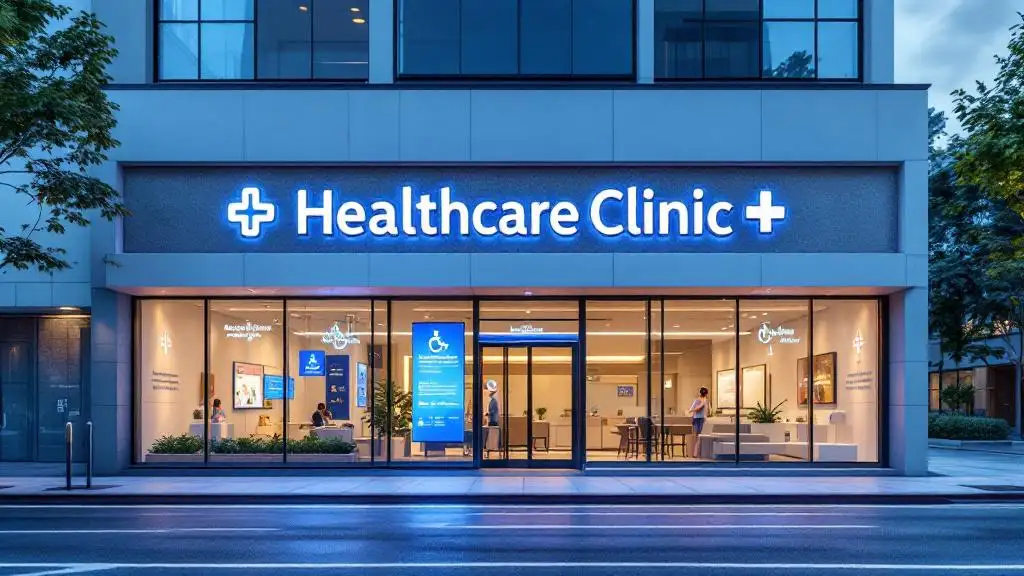




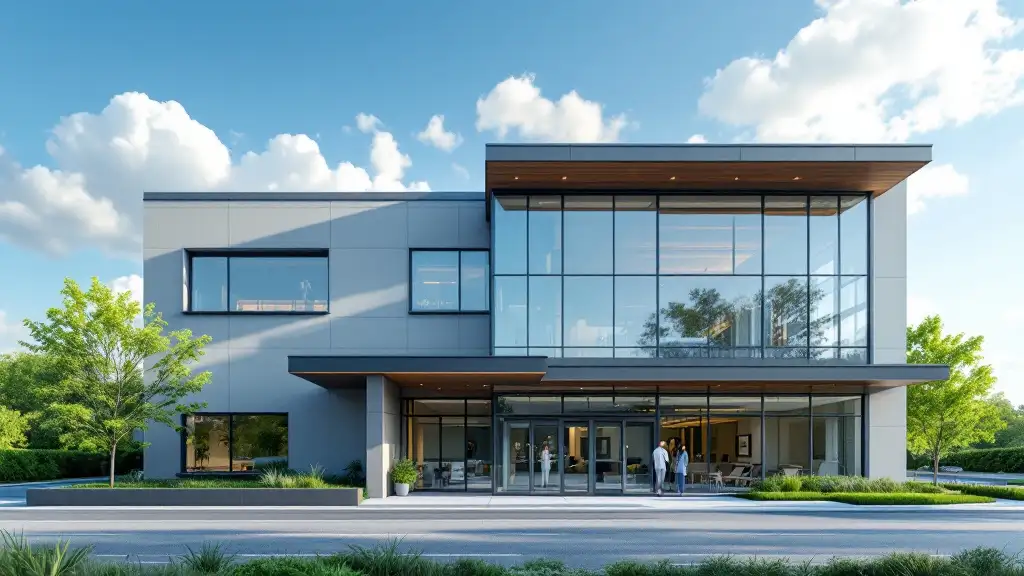
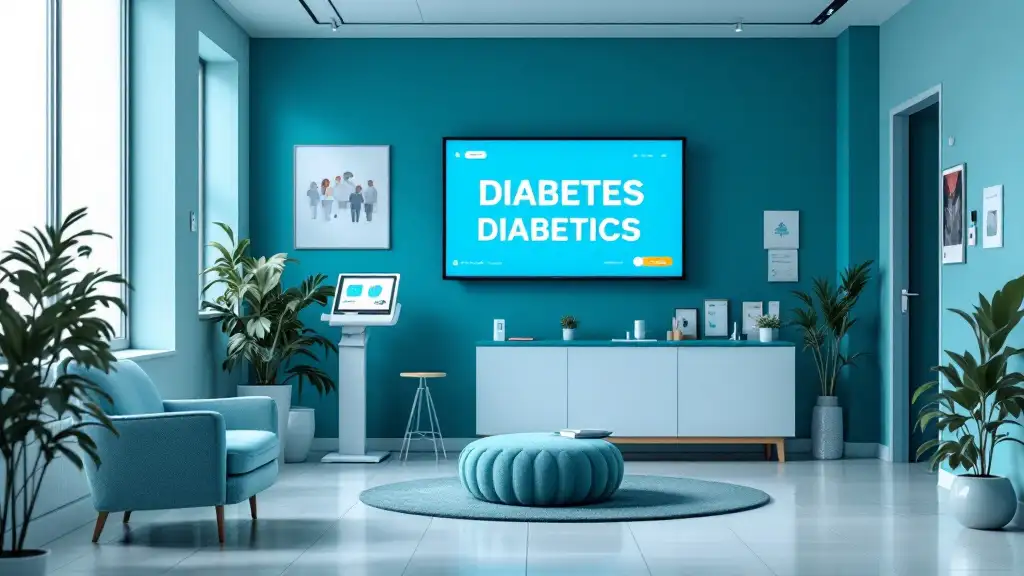
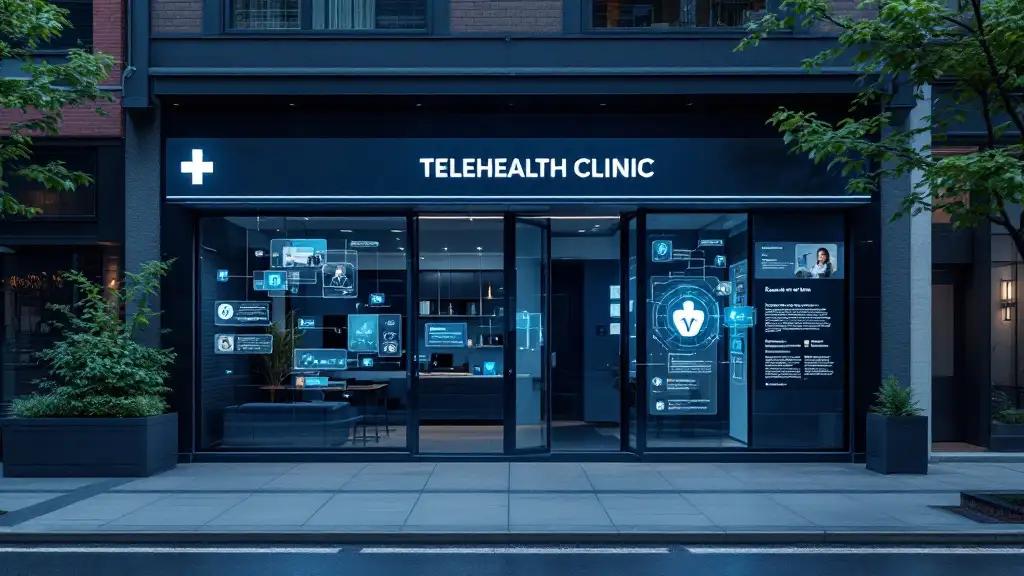
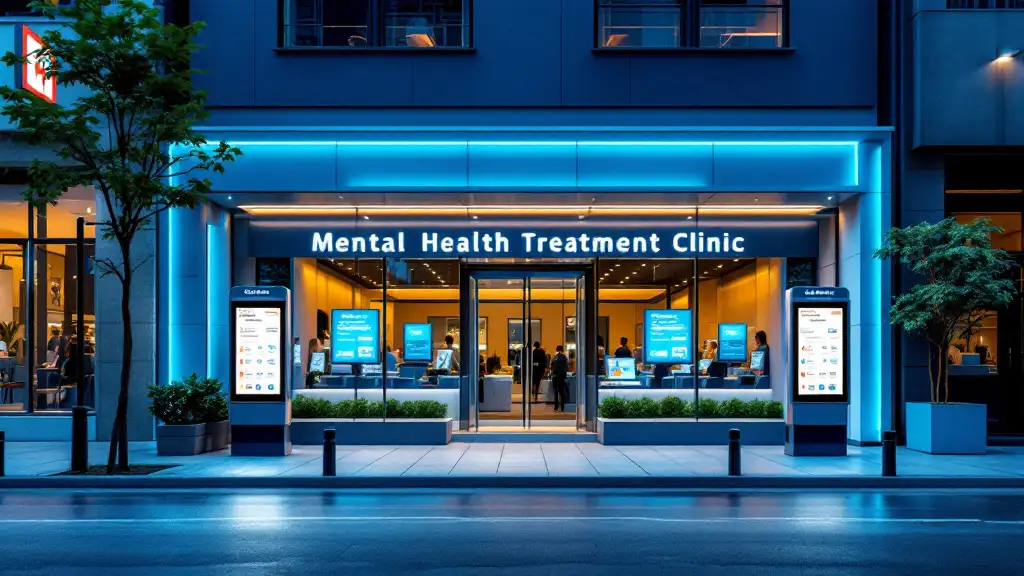












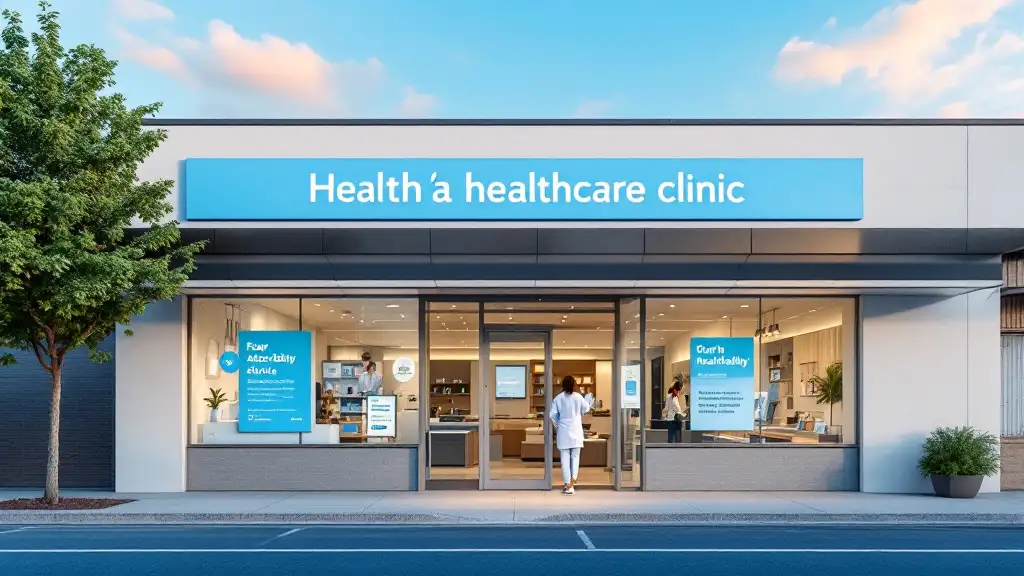























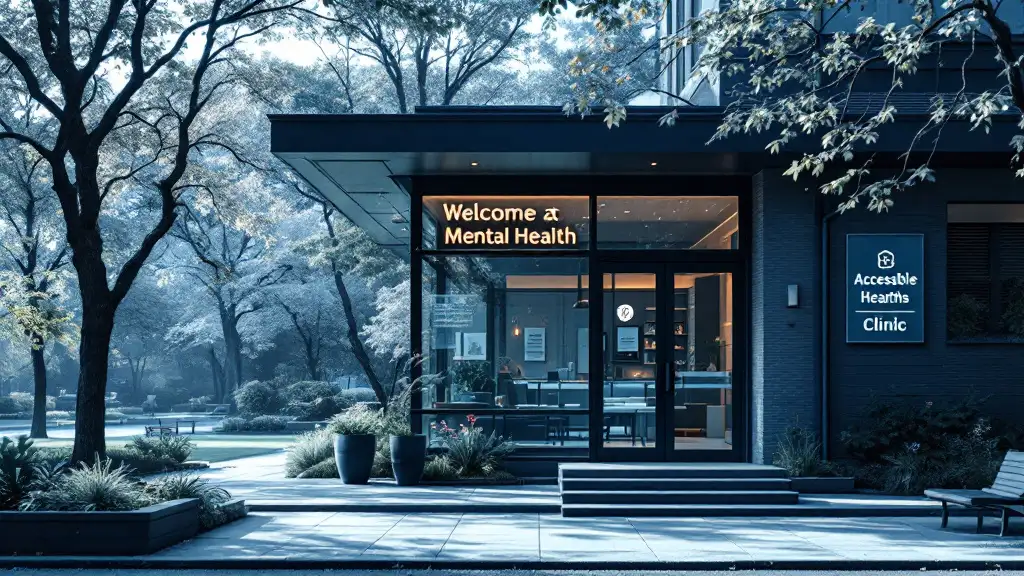


























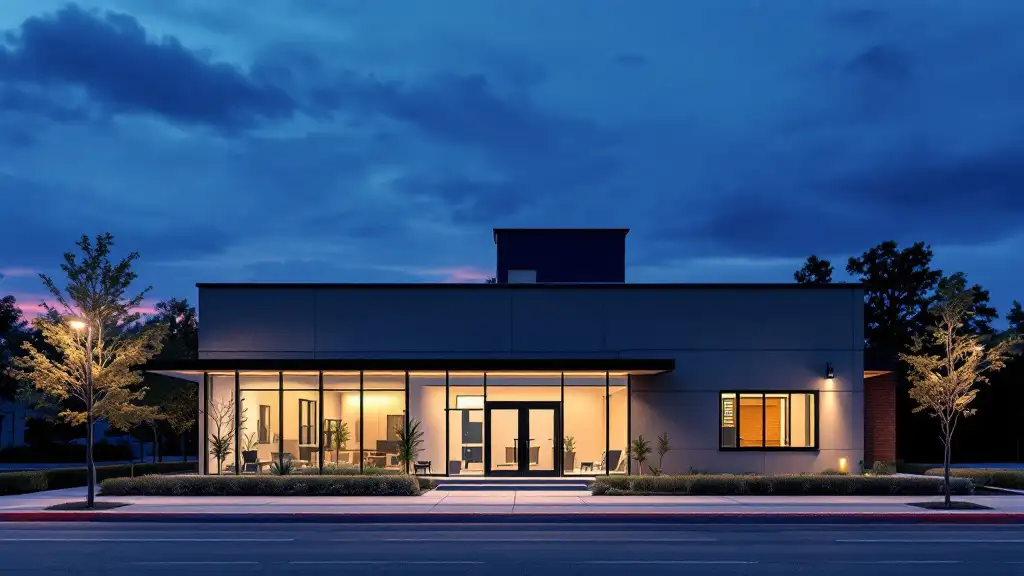

.png)